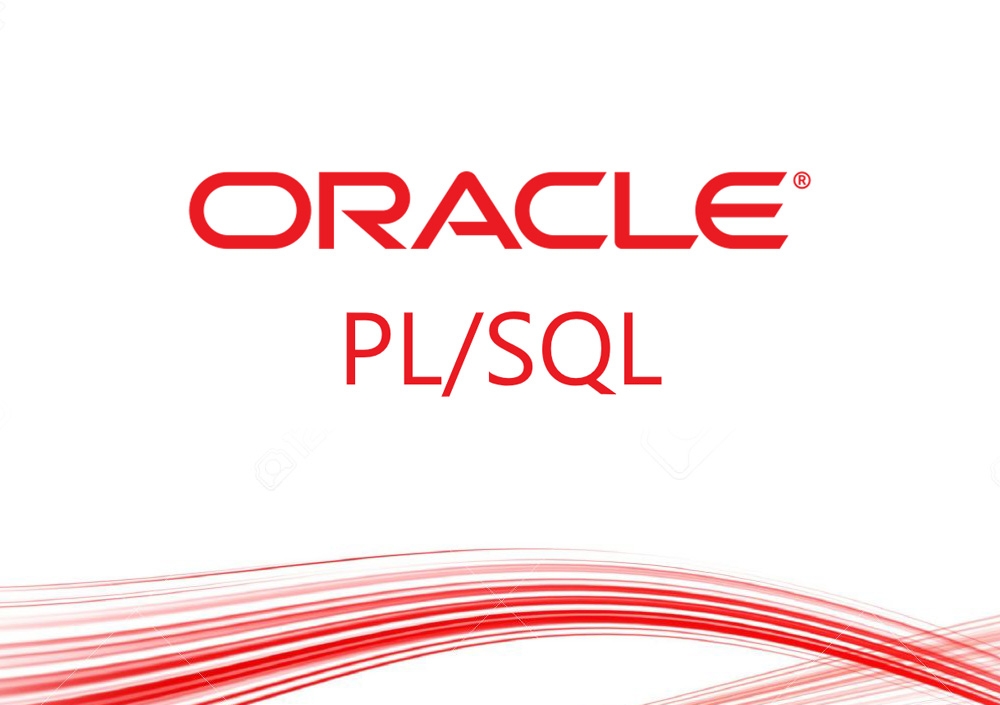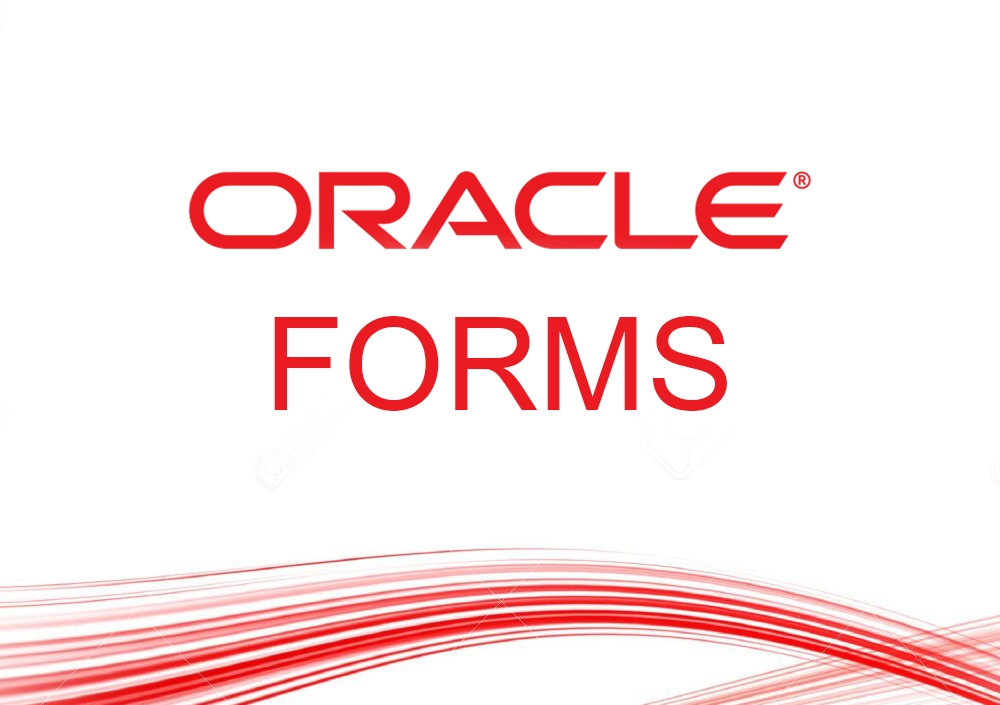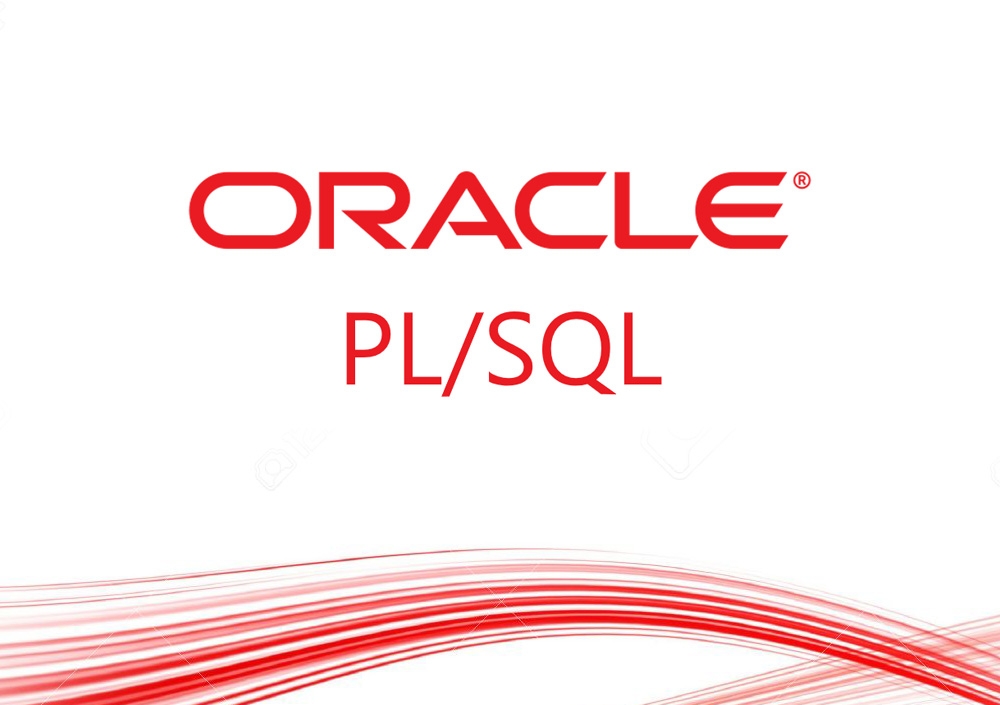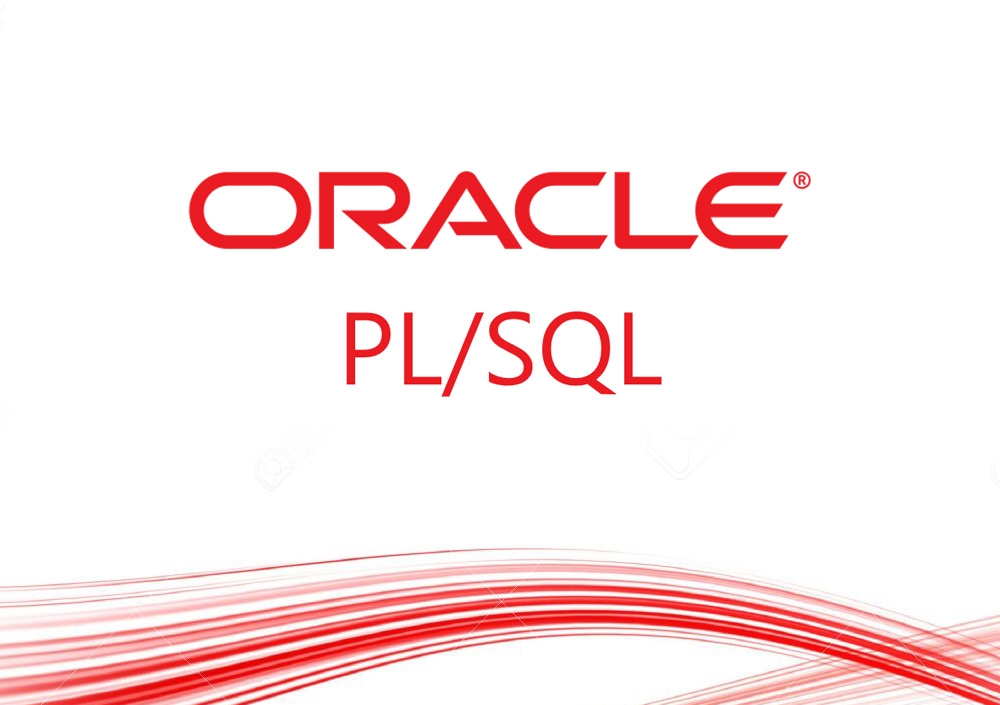- Design PL/SQL anonymous blocks that execute efficiently
- Write PL/SQL code to interface with the database
- Describe the features and syntax of PL/SQL
- Use PL/SQL programming constructs and conditionally control code flow (loops, control structures, and explicit cursors)
- Handle runtime errors
- Create simple procedures and functions
- Design PL/SQL packages to group and contain related constructs
- Schedule PL/SQL jobs to run independently
- Create triggers to solve business challenges






Write a public review